
Category of Astronomical Heritage: tangible immovable
Catania Astrophysical Observatory, Catania, Sicily, Italy

Description
Geographical position
A. Riccò, Osservatorio Astrofisico di Catania - Catania Astrophysical Observatory, Via Santa Sofia, 78, Catania, Sicily, Italy
See also: "Mario Girolamo Fracastoro", Contrada Serra la Nave (Mt. Etna, 1725m), 95030 Contrada Serra La Nave, Ragalna CT, Italy
Location
Latitude 37°31'43.71'' N, Longitude 15°4'17.38'' E, Elevation ...m above mean sea level.
IAU observatory code
156
Description of (scientific/cultural/natural) heritage
The University of Catania, founded in 1434, has a long tradition in mathematics and astronomy. Catania in Sicily lies at the foot of Mount Etna (3340m) - the largest active volcano in Europe.
(The following text was taken mainly from https://www.oact.inaf.it/en/oact-history/)
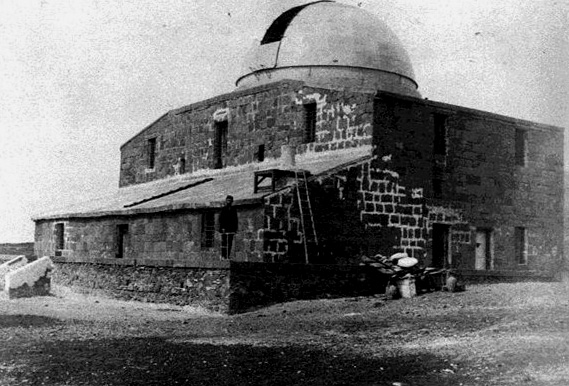
Fig. 1a. Etnean Observatory Vincenzo Bellini (1880), (OACT)
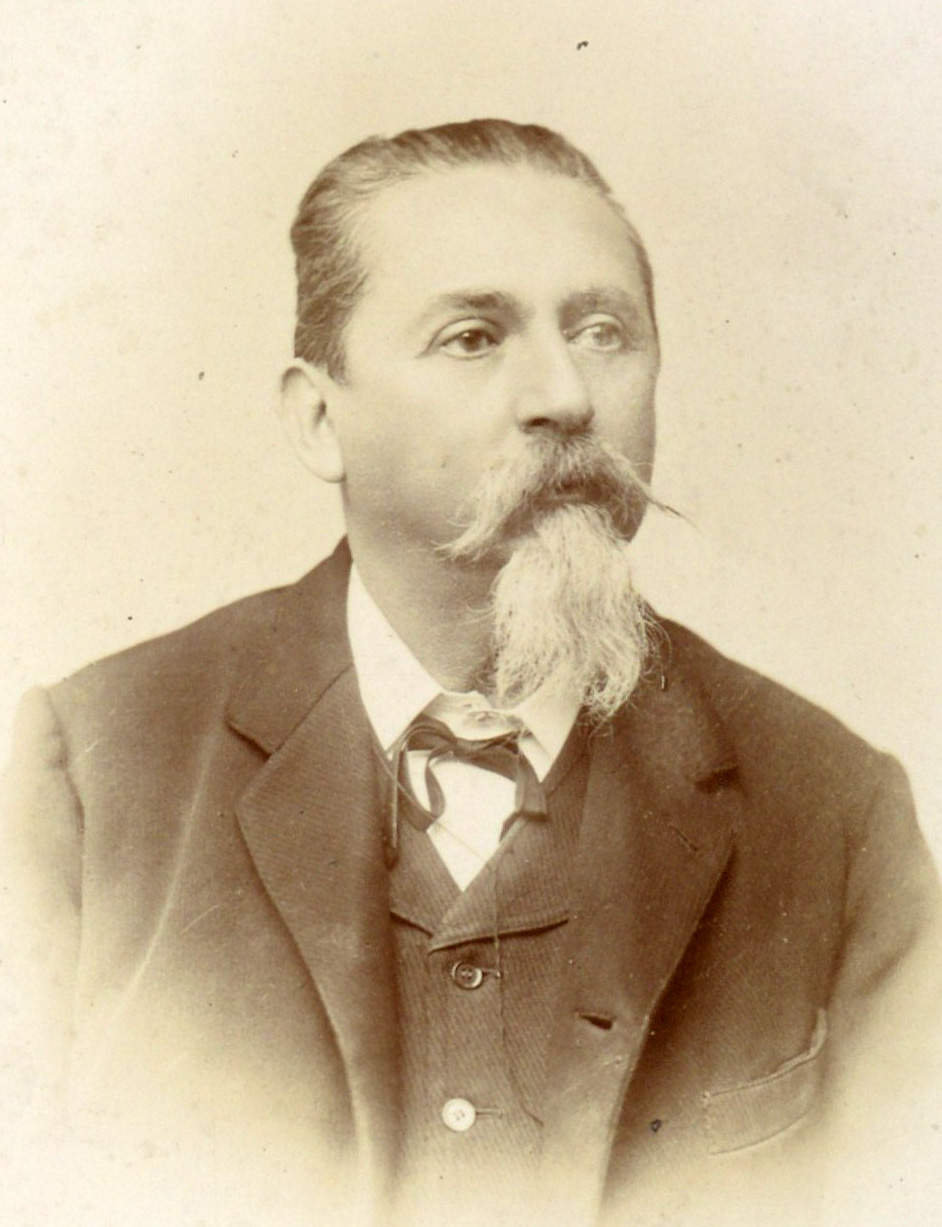
Fig. 1b. Pietro Tacchini (1838--1905) (CC)
Etnean Observatory Vincenzo Bellini (1880)
In 1876, during a meeting of the Gioenian Academy (*1924), upon the proposal of the Modena astronomer Pietro Tacchini (1838--1905), the project for the construction of an observatory dedicated to Physical Astronomy, to be named after Vincenzo Bellini (1801--1835), was approved.
Pietro Tacchini, at the time an astronomer at the Palermo Astronomical Observatory, had taken part with Angelo Secchi (1818--1878) in the observations of the solar eclipse of December 22, 1870 during which he had certainly realized the clarity of the Sicilian night sky.
He suggested to the Government to build an astronomical and meteorological station on top of Etna. The "Vincenzo Bellini" Observatory was completed in 1880, near the central crater, on the southern slope, at an altitude of 2940m. Here there was a refuge for travellers, known as the "Casina degli Inglesi", which was also the first volcanological observatory at high altitudes ever built. This structure was derived from the expansion in 1811 of the Gratissima refuge, built by the brothers Mario and Carlo Gemmellaro in 1804, at the expense of which the soldiers of the English fleet stationed in Catania had participated and where Carlo Gemmellaro served as a doctor.
The first astronomical observations began when the Observatory was equipped with a 33-cm-refractor made by Merz of Munich, with an equatorial mount made by Cavignato of Padua.
However, due to the practical difficulties in reaching the site (given the high altitude) and the prohibitive weather conditions that allowed observations to be made only a few months a year, Tacchini proposed creating a branch of the Observatory in the city.
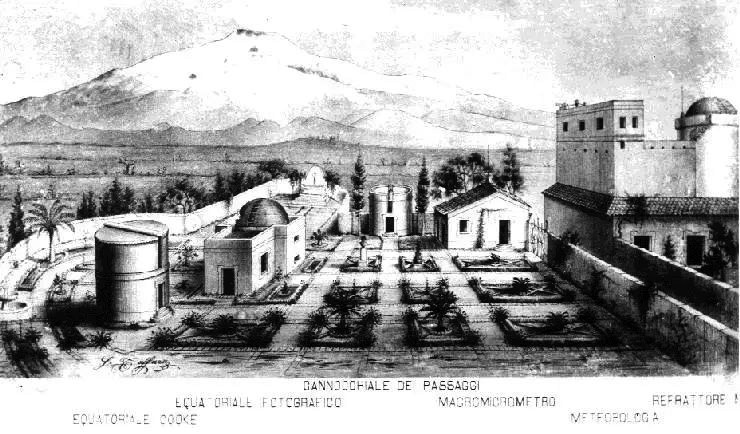
Fig. 2. "Royal Observatory" (1885) in San Nicolò La Rena, Benedictine Monastery (OACT)
"Royal Observatory" (1885) - Catania Astrophysical Observatory (OACT) (1919)
In the Basilica di S. Nicolò La Rena (Piazza Dante, Catania) is a meridian line, constructed in 1841.
In 1885, near the Benedictine Monastery, in San Nicolò La Rena (*1558), the "Royal Observatory" was born (also Naples and Palermo were Royal Observatories), which, thanks to the endowment of other instruments, soon became the main headquarters of the "Catania Astrophysical Observatory".
Almost at the same time, the first chair of Physical Astronomy was established in Catania and was awarded to Prof. Annibale Riccò (1844--1919), who also served as the first Director of Catania Observatory.
The period from 1890 to 1919 (the year in which Riccò died) was very prolific, not only for the beginning of solar observations - an important research field, but also for the Observatory's adhesion to the international astronomical project promoted by the French Academy, the "Carte du Ciel" (declination +47° to +54°).
Tacchini ordered a 32.8-cm-astrographic lens (focal length 3.34m) made by Steinheil of Munich, the equatroial mount and the 20-cm-guiding telescope were made by Ing. Salmoiraghi of Filotecnica, an optical company in Milan, the rotating dome above the circular refectory was made by Audisio of Turin.
This project, which lasted about 50 years, involved 18 observatories from all over the world and consisted of a photographic observation campaign with the aim of cataloging and mapping the positions of millions of stars. The assignment of the Catania Observatory (the only Italian to participate in the project) actually conditioned its activity for more than half a century, changing its main research direction and even subsequently determining the change of the name of the chair from "Physical Astronomy" to "Astronomy with Elements of Geodesy".
Following the decree of the Ministry of Public Education of 31 December 1923, the royal observatories passed to the direct dependencies of the Ministry itself and so it was also for the Astrophysical Observatory of Catania, but not for the Etna site which, increasingly abandoned by astronomers, remained at the University from which, in 1925, it was assigned to Volcanology.
A very important figure for the Catania Observatory, who contributed significantly to the compilation of the Carte du Ciel, was the mathematician of Tuscan origins Azeglio Bemporad. After an initial period spent in Catania as an assistant astronomer, he became Director of the Observatory in 1934 but unfortunately in 1938 he was removed due to the racial laws, being Jewish.
In the succession of the various Directorates, the continuity of the life of the Observatory was ensured by Luigi Gaetano Taffara, who had been a calculator in the roles of the Observatory since 1901. It was he who in 1942, in a session of the Gioenian Academy, announced the completion of the compilation of the Sky Chart. However, this work, although immense and of great merit, greatly influenced the development of new research activities, being able to take advantage of rather limited human and economic resources.
With the backdrop of the Second World War, the following years were dedicated, more than to research and teaching, to the defense of the very existence of the Observatory and to ensuring the continuity of solar observations which, despite the compilation of the photographic catalogue, the now obsolete equipment and the structures suffocated by the expansion of the various hospital pavilions and the city, had been regularly conducted, thanks also to the goodness of the Catania sky.

Fig. 3a. Catania Astrophysical Observatory, entrance (OACT)
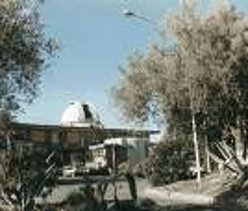
Fig. 3b. Catania Astrophysical Observatory, dome (OACT)
Development since 1966
Having overcome the various difficulties linked above all to the WWII events, the Observatory found a renewed impetus under the direction of Prof. Mario Girolamo Fracastoro (1914--1994). Thanks to his commitment and that of his collaborators, the current city headquarters were built on the hill of "Santa Sofia" ("Annibale Riccò") near the University Citadel (Città Universitaria) in 1966.
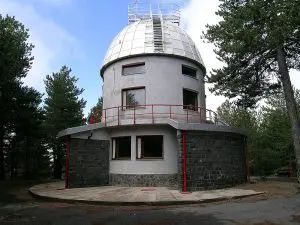
Fig. 4a. Dome for the 91-cm-Cassegrain Reflecting Telescope, Serra La Nave (OACT)
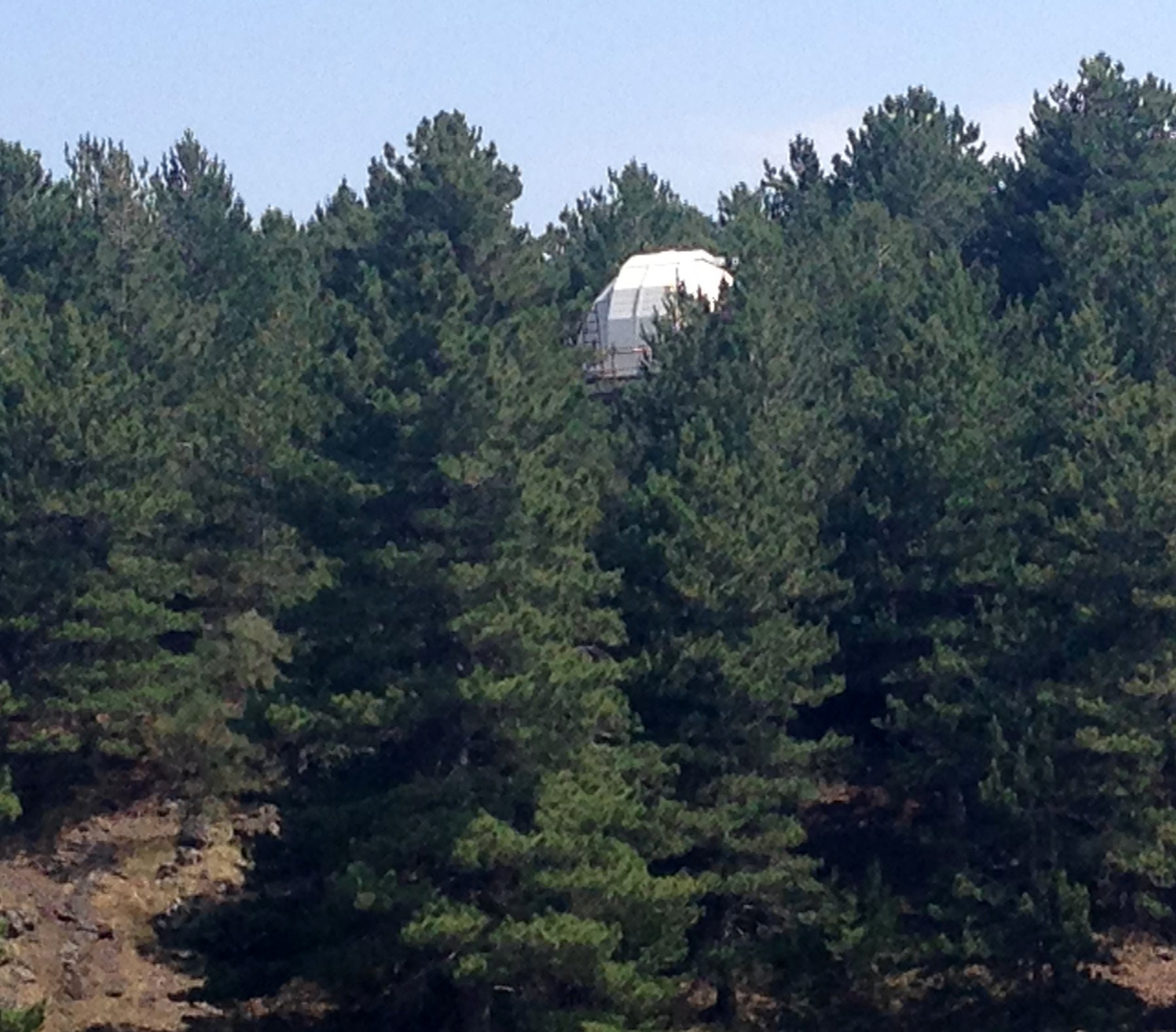
Fig. 4b. Dome, Serra La Nave (CC4, Davide Mauro)
In addition, another observation site "Mario Girolamo Fracastoro", named after its founder, was erected in Serra la Nave, Ragalna (Etna, 1725m above sea level, Etna park - a World Heritage Site since 2013), also inaugurated in 1966. Here the 91-cm-Cassegrain and the 61-cm-Schmidt Camera were installed.
The Casina degli Inglesi on Etna was used as an observation site until 1925, when it was definitively assigned to the Volcanological Institute; furthermore, the structure was then buried by about 15m of lava during the volcanic eruption of 1971.
As regards the site in San Nicolò La Rena, at the beginning of the 70s, the entire garden and buildings were ceded to the Vittorio Emanuele Hospital which demolished them to build new hospital pavilions, while the Dome was destroyed in 1982 and the astronomical instruments dispersed.
In 1982, Presidential Decree 163 was issued, establishing the autonomy of the Observatories and adapting their administrative structure. The partnership between the Observatory and the University of Catania lasted until the 2000s when the Institute of Astronomy no longer had the autonomy to be able to exist and was definitively incorporated into the University, becoming a section of the Department of Physics and Astronomy.
From 1 January 2002, the Catania Astrophysical Observatory, like all Italian Observatories, officially became part of INAF (National Institute of Astrophysics) as a permanent structure, with scientific, administrative and accounting autonomy, having as its primary task the carrying out of fundamental research in the field of astronomy, astrophysics and cosmic physics, technology transfer and training.
History
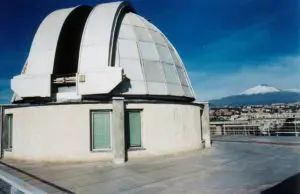
Fig. 5a. Dome, Catania Astrophysical Observatory (OACT)
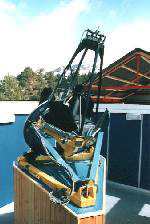
Fig. 5b. APT80, Observing Station Serra La Nave (OACT)
Instruments
- Transit istrument made by Reichenbach of Munich (7.8cm aperture, 117cm focal length)
- Meridian Circle made by Ertel of Munich (9cm aperture)
- Theodolite built by Sécretan of Paris
- Equatorial Refracting Telescope made by Cooke of London (15cm objective, 223cm focal length)
- 33-cm-refractor made by Merz of Munich, with an equatorial mount made by Cavignato of Padua
- 33-cm-Astrographic lens made by Steinheil of Munich (1891), installed in a newly built pavilion in the Benedictine Monastery,
the equatorial mount and the 20-cm-guiding telescope were made by Salmoiraghi of Milan, the 5.5-m-rotating dome by Audisio of Turin.
The building was given to the Vittorio Emanuele Hospital and demolished in 1982; the instruments disappeared. - Observing the Solar Photosphere ....
- Heliostat (Silbermann system) built by Sécretan of Paris
- Spectroheliograph made by Toepfer of Potsdam for observing the Chromosphere in CaII K
- Photographic reflecting telescope (coronograph, Huggins system) made by Grubb of Dublin
- Anderson interferometer made by Mentore Magini for studying close binaries (1921), and for studying the chromosphere's height (1922)
- Reflecting telescope (Cassegrain system) made by Sécretan of Paris
- Smaller instruments, also for astrophysics:
- micrometric telescope of Rochon
- telespectroscope built by Browning of London
- macromicrometer built by Gautier of Paris
- diffraction spectroscope built by the Brassart brothers of Rome
- photographic spectroscope (Vogel system) built by Toepfer of Potsdam
- Objective Lens Prism made by Sécretan of Paris and
another by built by Gautier of Paris - 91-cm-Cassegrain Reflecting Telescope (after 1966)
- 61-cm-Schmidt Camera (after 1966)
- Photoelectric Photometer (1960s) for studying eclipsing binaries
- Interferential Filter by Zeiss of Jena, and a
Coronograph for observing the Sun in H-alpha. - Three-Colour-simultaneous Photoelectric Photometer was built for studying the stellar flares
- Echelle Spectrograph (40 Å/mm low dispersion and 2-9 Å/mm crossed dispersion) for the wavelength 3450-6600 Å (1980)
- 80-cm-Cassegrain (APT80, 1.6m focal length) for photoelectric photometry in Serra La Nave, Ragalna (1992)
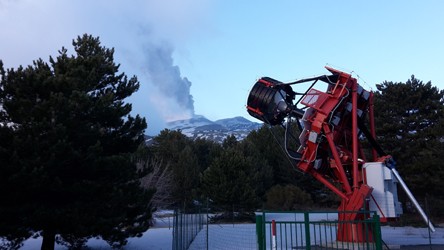
Fig. 5c. 80-cm-mirror, Serra La Nave (OACT)
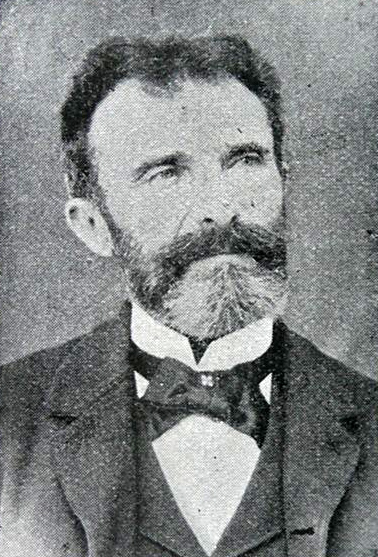
Fig. 6a. Annibale Riccò (1844--1919), first Director (CC)
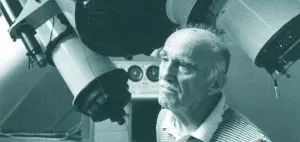
Fig. 6b. Mario Girolamo Fracastoro (1914--1994) (OACT)
Directors
- 1890 to 1919 -- Annibale RICCÒ (1844--1919)
- 1919 to 1923 -- Vittorio BALBI (1862--....)
- 1924 to 1933 -- Giuseppe Alessandro FAVARO (1876--1961)
- 1933 to 1938 -- Azeglio BEMPORAD (1875--1945)
- 1938 to 1943 -- Luigi Gaetano TAFFARA (1881--1966)
- 1943 to 1945 -- Azeglio BEMPORAD (1875--1945)
- 1945 to 1954 -- Eugenio DE CARO (1899--1954)
- 1954 to 1966 -- Mario Girolamo FRACASTORO (1914--1994)
- 1966 to 1967 -- Salvatore CRISTALDI (1929--1999)
- 1967 to 1975 -- Giovanni GODOLI (1927--2006)
- 1976 to 1980 -- Paolo MAFFEI (1926--2009)
- 1980 to 1981 -- Salvatore CRISTALDI (1929--1999)
- 1981 to 1986 -- Carlo BLANCO
- 1987 to 2001 -- Marcello RODONÒ (1941--....)
- 2002 to 2004 -- Santo CATALANO
- 2005 to 2005 -- Marcello RODONÒ
- 2005 to 2006 -- Santo CATALANO
- 2006 to 2011 -- Gianni STRAZZULLA
- 2011 to 2012 -- Daniele SPADARO
- 2012 to 2012 -- Salvatore SCIORTINO
- 2012 to 2019 -- Grazia Maria UMANA
- 2019 to today -- Isabella PAGANO
State of preservation
no information available
Comparison with related/similar sites
no information available
Threats or potential threats
no information available
Present use
The Catania Astrophysical Observatory is also a place of intense dissemination activity, aimed at schools, cultural associations and private citizens.
Astronomical relevance today
The Catania Astrophysical Observatory continues with cutting-edge astrophysical research: solar physics, solar system, stellar physics, Extrasolar planets and astrobiology, magnetic activity of the Sun and asteroseismology, interstellar matter and cosmochemistry, astronomy in other wavelength (radioastronomy, UV, visual, IR), astrophysics at high energy, extragalactic astrophysics and cosmology.
References
Bibliography (books and published articles)
- Abetti G., "Annibale Riccò, l'Accademia Gioenia e l'Osservatorio Astrofisico di Catania (1966)", Bollettino Accademia Gioenia III (1955), Serie IV, Fasc. I, p. 13 in Pubblicazioni Osservatorio Astrofisico di Catania 1-25.
- Blanco C., "L'accademia degli astronomi", in L'Accademia Gioenia. 180 anni di cultura scientifica (1824-2004), a cura di Mario Alberghina, Catania 2005, pp. 171-177.
- Blanco C., "Quali le modalità per la nomina a Direttore dell'Osservatorio Astrofisico di Catania", Bollettino Accademia Gioenia 52 (2019).
- Blanco C., "Tacchini e l'astrofisica a Catania", Giornale di Astronomia 4 (2005), p. 31.
- Chinnici I. / Blanco C. "L'Etna e le stelle", in Atti del XXXIII Convegno annuale SISFA - Acireale, Catania, Siracusa (2013), p. 67, http://www.paviauniversitypress.it/articolo/9788869520495-c04/450.
- Chinnici I. / Gasperini A. Alle origini dell'astrofisica italiana. Il carteggio Secchi-Tacchini 1861-1877, Firenze 2013.
- Chinnici, Ileana (ed.): Merz Telescopes. A Global Heritage Worth Preserving. Springer International Publishing 2017.
- Cristaldi S. / Mangano A., "The Astrophysical Observatory and the University Institute of Astronomy in Catania", Memorie della Società Astronomica Italiana 66 (1995), p. 785
- Cristaldi S., "L'Osservatorio Astrofisico di Catania dalla sua fondazione ad oggi", Coelum 50 (1982), p. 139.
- Cristaldi S. / Mangano A. / Rodonò M., "Contributo dell'Osservatorio Astrofisico di Catania al Progetto della Carte du Ciel", Atti del Convegno Annuale di Storia dell'Astronomia, Cagliari 24/25 settembre 1999, in Storia del servizio internazionale delle latitudini e delle imprese di cooperazione internazionale (1850-1950) & Astronomia e Archeoastronomia, a cura di Pino Calledda / Edoardo Proverbio, Cagliari 1999, pp. 133-143.
- Cutispoto G. / Mangano A., "A Catania le stelle brillano sul vulcano", Le Stelle 109 (2012), p. 62.
- Domina D., "Bellini, l'Etna e l'astronomia", Giornale di Astronomia 1 (2021), p. 44.
- Foderà Serio G. / Randazzo D., Astronomi italiani dall'unità d'Italia ai nostri giorni. Un primo elenco, Firenze 1997.
- Foderà Serio G. / Piazzi G., Sulle vicende dell'astronomia in Sicilia, Sellerio, Palermo 1990.
- Foderà Serio G. / Mandrino A., Progetto Nazionale per il riordino degli Archivi degli Osservatori Astronomici ed Astrofisici, Ministero per i Beni e le Attività Culturali, UCBA, Società Astronomica Italiana, Consorzio Nazionale per l'Astronomia e per l'Astrofisica, s.l.1999,
http://www.archivistorici.inaf.it/doc/specola2000.pdf. - Fracastoro M. G., "Attività dell'Osservatorio Astrofisico di Catania dal marzo 1954 al giugno 1956", Bollettino Accademia Gioenia III (1956), Serie IV, Fasc. 5, p. 199, in Pubblicazioni Osservatorio Astrofisico di Catania Nuova Serie 1-25.
- Fracastoro M. G., "Attività dell'OAC dal luglio 1956 al dicembre 1959", in Pubblicazioni Osservatorio Astrofisico di Catania Nuova Serie 1-25.
- Fracastoro M. G., "Per una nuova sede dell'Osservatorio astrofisico di Catania", Atti Accademia Gioenia, X (1955), Serie VI, p. 99, in Pubblicazioni Osservatorio Astrofisico di Catania Nuova Serie 1-25.
- Fracastoro M. G. "Attività dell'OAC durante il 1960" in Pubblicazioni Osservatorio Astrofisico di Catania Nuova Serie 26-50.
- Fracastoro M. G., "La sede stellare dell'Osservatorio Astrofisico di Catania a Serra La Nave" in Pubblicazioni Nuova Serie 107 (1967).
- Godoli G., "Attività dell'O.A.C." in Pubblicazioni Nuova Serie 118 A (1967).
- Kost, Jürgen: Wissenschaftlicher Instrumentenbau der Firma Merz in München (1838--1932). Scientific Instrument Making of the Company Merz in Munich (1838--1932). Bearbeitet und herausgegeben von Gudrun Wolfschmidt. Hamburg: tredition (Nuncius Hamburgensis; Band 40) 2015. (ISBN 978-3-7323-2885-7) (620 pages, 142 pages in colour).
- Maccarrone G. D. / Recami E. "Storia dell'Astronomia a Catania" in Bollettino Accademia Gioenia in Scienze Naturali, 19 (1986), pp. 5-37.
- Mangano A., "Storia di Azeglio Bemporad: astronomo, poeta, ebreo", Giornale di astronomia 41 (2015), http://www.libraweb.net/articoli.php?chiave=201508802&rivista=88
- Riccò A., Il R. Osservatorio Astrofisico di Catania all'esposizione universale di Roma, 1890-1940, Catania 1940.
- Poppi F. / Bonoli F. / Chinnici I., "Il progetto Tacchini e la riforma degli Osservatori italiani" in Cento anni di astronomia in Italia 1860-1960. Convegno per il 4° centenario della fondazione dell'Accademia dei Lincei, Roma 2003, pp. 123-148.
- Prestinenza L. "L'Osservatorio Astrofisico di Catania" Nuovo Orione (1994), p. 32.
- Provini L., "Seconda stella a destra questo è il cammino . L'osservatorio astronomico di Catania (1850-1920)" - Tesi di Laura A.A. 2015-16 (UNICT - Dip. di Scienze Politiche e Sociali)
- Tacchini P., "Una gita all'Etna", Memorie della società degli spettroscopisti italiani (1876), p. 151.
- Tacchini P., "L'Osservatorio dell'Etna", Memorie della società degli spettroscopisti italiani (1877), p. 75.
- Tacchini P., "Della convenienza e utilità di erigere sull'Etna una stazione astronomico-meteorologica", Atti dell'Accademia Gioenia di scienze naturali in Catania (1878), p. 7.
- Wolfschmidt, Gudrun & Jürgen Kost: The Merz Company - A Global Player of the 19th Century. In: Merz Telescopes - A Global Heritage Worth Preserving. Ed. by Ileana Chinnici. Heidelberg, Berlin, New York: Springer (Historical & Cultural Astronomy) 2017, hapter 2, p. 19-38. (Hardcover ISBN 978-3-319-41485-0), Electronic Version: doi:10.1007/978-3-319-41486-7_2.
Links to external sites
- Polvere di stelle - The Cultural Heritage of Italian Astronomy
- Osservatorio Astrofisico di Catania (OACT), INAF (Ministry of Education, University and Research)
- Osservatorio astrofisico di Catania (Wikipedia)
Links to external on-line pictures
no information available
No multimedia content published
Currently there is no multimedia content published for this case study


















